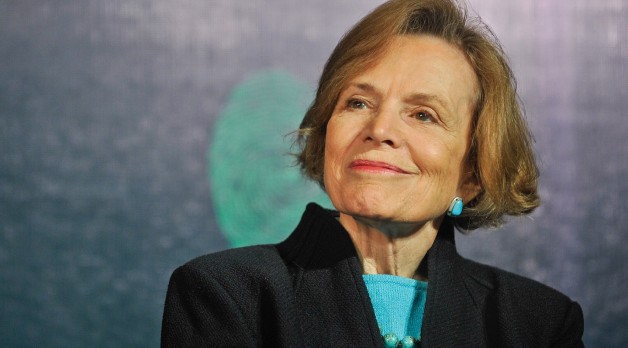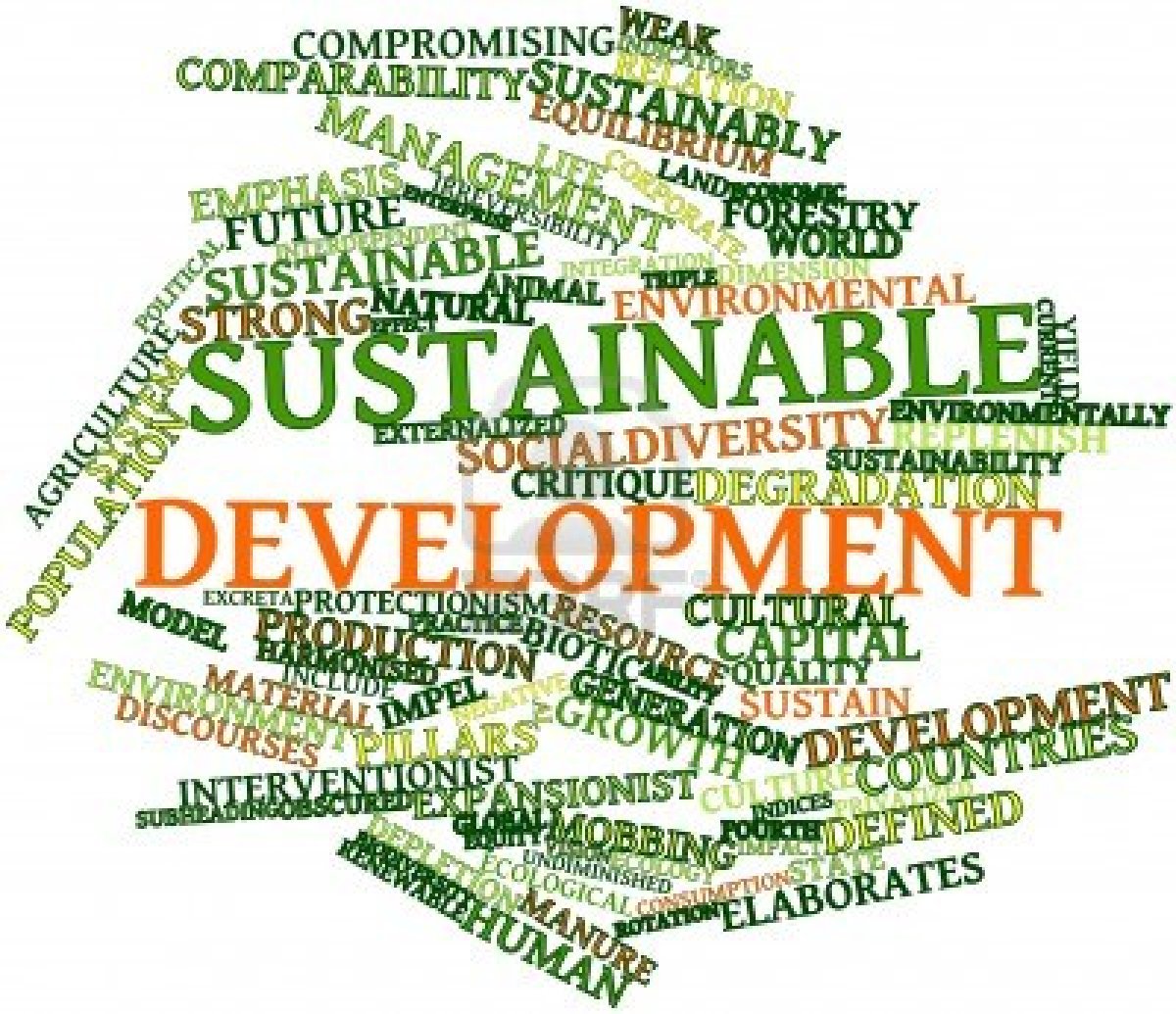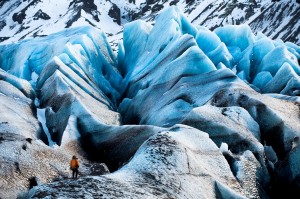By Elizabeth Plascencia
[youtube_sc url=”https://www.youtube.com/watch?v=B1wp2MQCsfQ” title=”Mission%20Blue%20-%20Official%20Trailer”]
This weekend I finally watched the documentary, Mission Blue, which has been at the top of my Netflix list for months. The documentary showcases legendary oceanographer and marine biologist Sylvia Earle. As a fellow female scientist, Earle has been somewhat of a hero to me. I first heard about Earle’s work in my Introduction to Marine Biology course in the eighth grade. Within the course we spoke about leading female scientists in the field and naturally Sylvia Earle was at the top of the list as the first female chief scientist at the U.S National Oceanic and Atmospheric Administration (NOAA). She has been on my radar ever since. Earle has spent her entire life studying and protecting the ocean and the documentary, Mission Blue, is all about her campaign to create a global network of protected marine sanctuaries.
I find her work particularly moving because although she is witnessing devastating damage to the ocean she often remarks that she will never give up because there is nothing else that she loves more than the ocean.

Why should I care about the ocean? Because the ocean is the cornerstone of earth’s life support system, it shapes climate and weather. It holds most of life on earth. 97% of earth’s water is there. It’s the blue heart of the planet — we should take care of our heart. It’s what makes life possible for us. We still have a really good chance to make things better than they are. They won’t get better unless we take the action and inspire others to do the same thing. No one is without power. Everybody has the capacity to do something – Sylvia Earle
In 2000, Earle was honored as a new member of the National Women’s Hall of Fame. In 2009, Earle received the TED prize after the global launch of Mission Blue and in 2011, she received an honorary doctorate from Smith College, followed by delivering the commencement address at Warren Wilson College. I am deeply moved by Earle’s activism and it is without hesitation that I informally nominate Sylvia Earle for next year’s Rose-Walters Prize at Dickinson College. Am I right?
For more information, please feel free to watch Sylvia Earle’s TED Talk: [youtube_sc url=”https://www.youtube.com/watch?v=43DuLcBFxoY” title=”Sylvia%20Earle:%20How%20to%20protect%20the%20oceans”]













